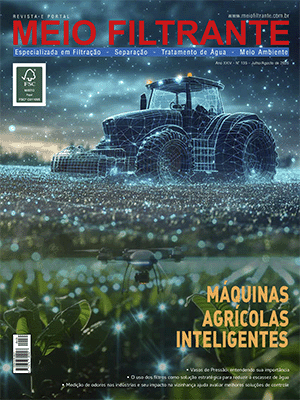Carbon nanotube are efficient at removing salt from water
Filtration News -
As the dominant technology for removing salt from water, reverse osmosis uses thin-film composite (TFC) membranes to separate water from the ions present
In the dynamic and global filtration industry, news and information is breaking on a daily basis. International Filtration News is tracking stories relevant to our industry from air and gas filtration to liquid filtration and the various end-uses for filtration technology. Here we will post news stories relevant to filtration and its downstream applications on an ongoing basis. Please check back for regular updates. If you have news that you feel should be added to this summary report, please email it to Matt Migliore at mmigliore@inda.media.
Researchers at Lawrence Livermore National Laboratory (LLNL) have created carbon nanotube (CNT) pores which – at just 0.8nm – are so efficient at removing salt from water that they are comparable to commercial desalination membranes.
As the dominant technology for removing salt from water, reverse osmosis uses thin-film composite (TFC) membranes to separate water from the ions present in saline feed streams butsome fundamental performance issues remain.
TFC membranes, however, are constrained by permeability-selectivity trade-offs and often have insufficient rejection of some ions and trace micropollutants, requiring additional purification stages that increase energy usage and cost.
Biological water channels, also known as aquaporins, provide a blueprint for the structures that could offer increased performance. They have an extremely narrow inner pore that squeezes water down to a single-file configuration that enables extremely high water permeability, with transport rates exceeding a billion water molecules per second through each pore.
The team has developed CNT porins (CNTPs) – short segments of CNTs that self-insert into biomimetic membranes –which form artificial water channels that mimic aquaporin channel functionality and the intrachannel single-file water arrangement. Water and chloride ion transport was measured through 0.8-nm-diameter CNTPs using fluorescence-based assays. Computer simulations and experiments using CNT pores in lipid membranes demonstrated the mechanism for enhanced flow and strong ion rejection through the inner channels of carbon nanotubes.
Read the full story: https://www.llnl.gov/news/going-flow-water-purification
Source: https://www.llnl.gov/






